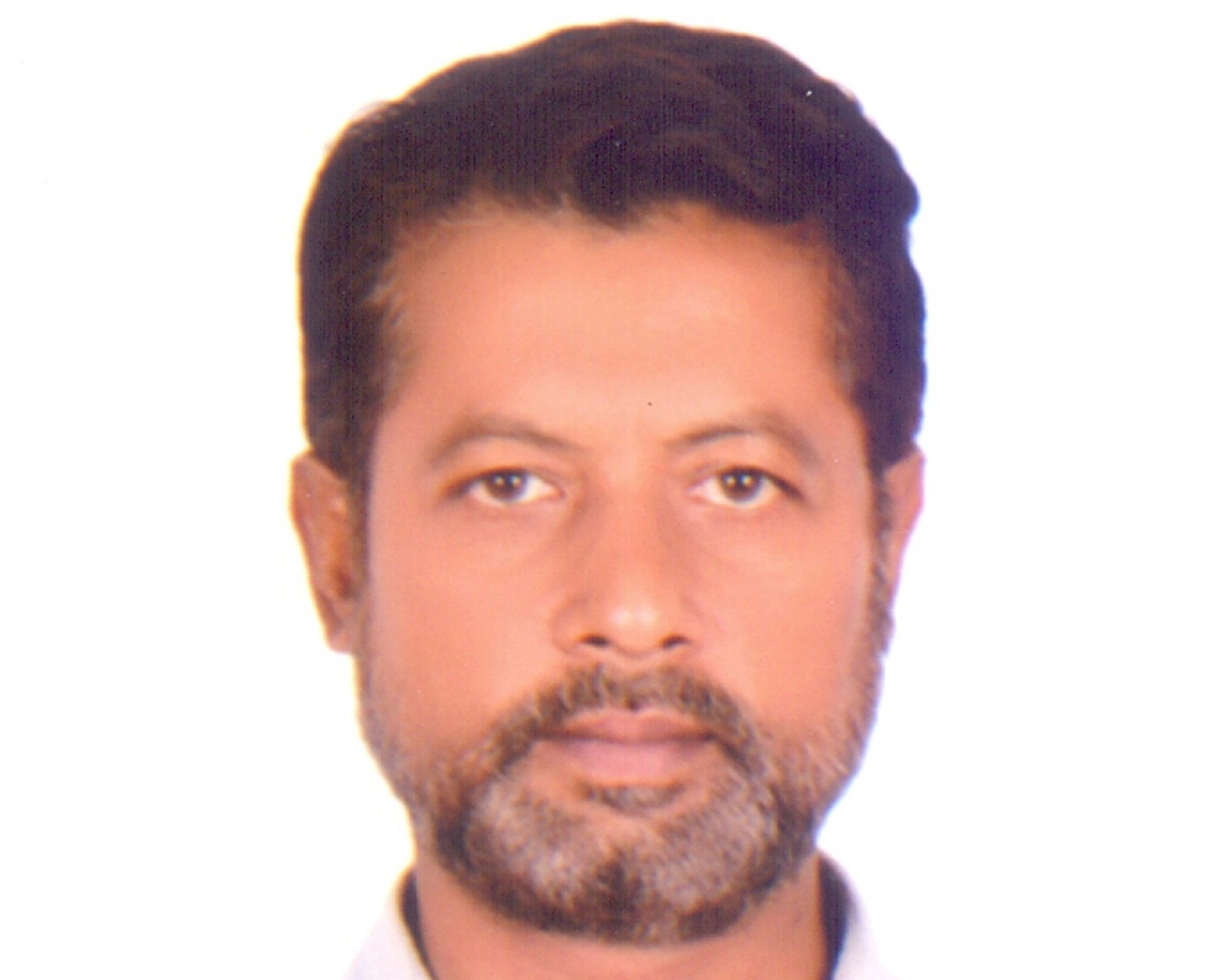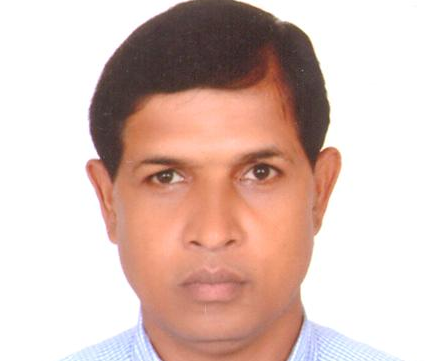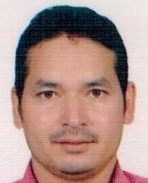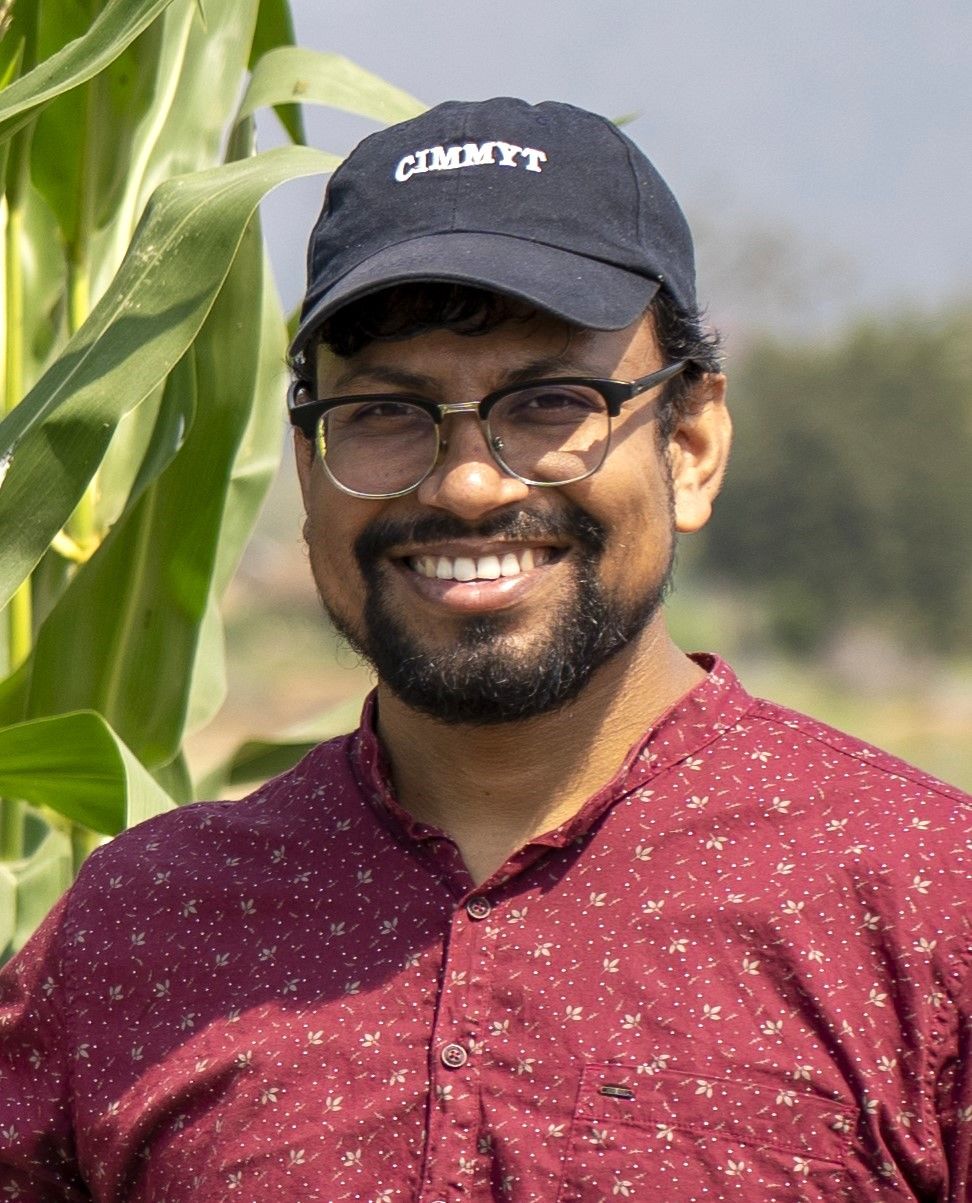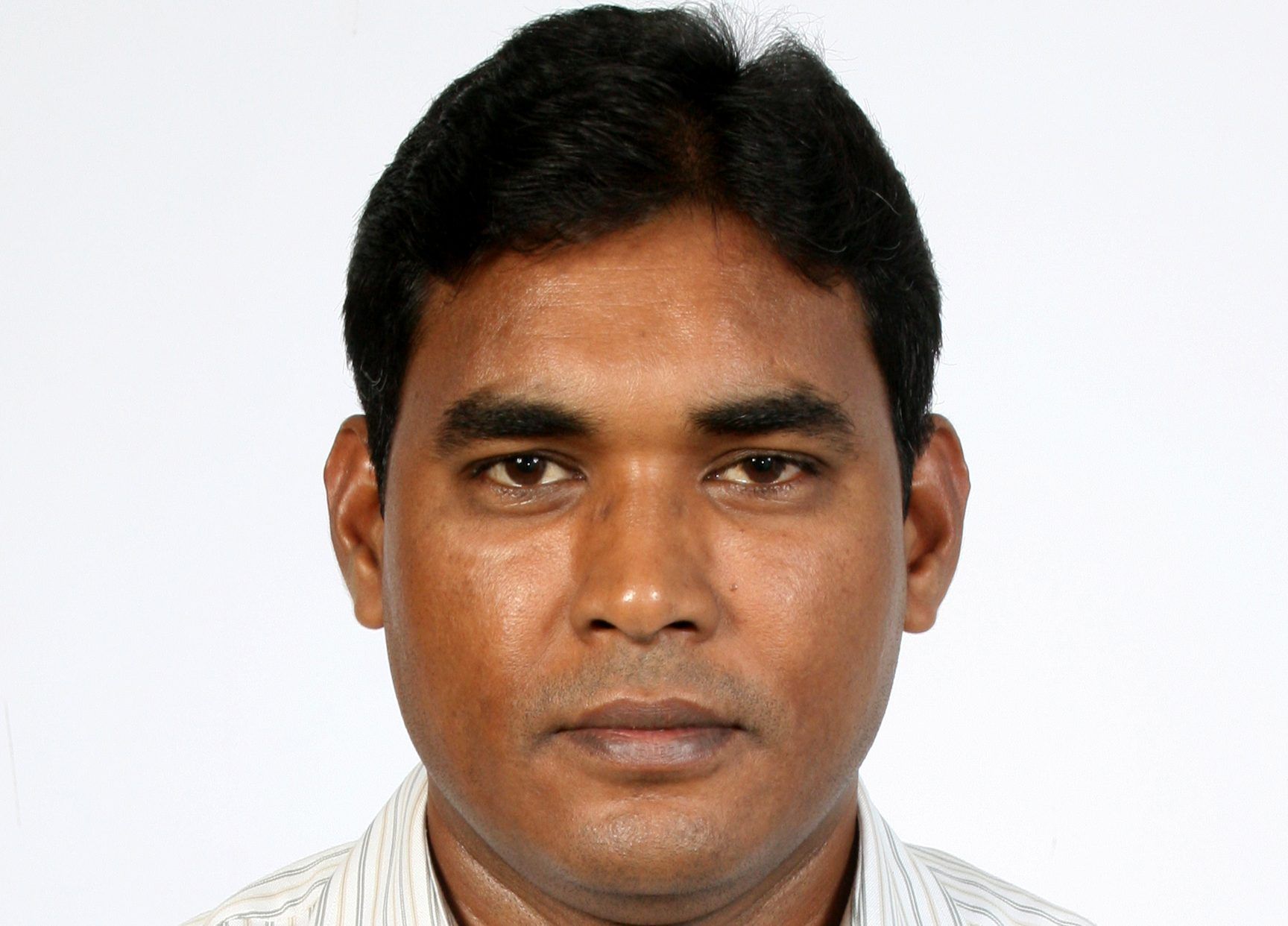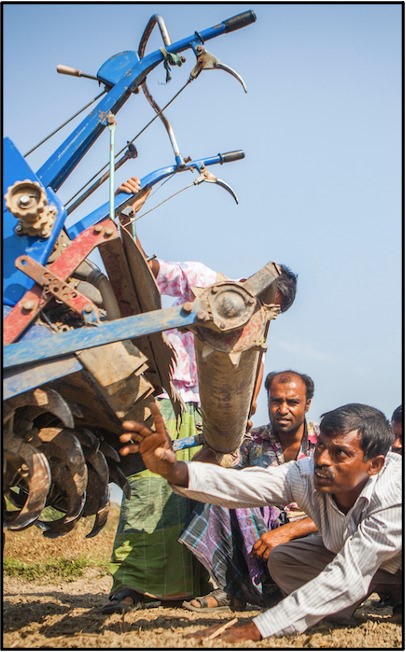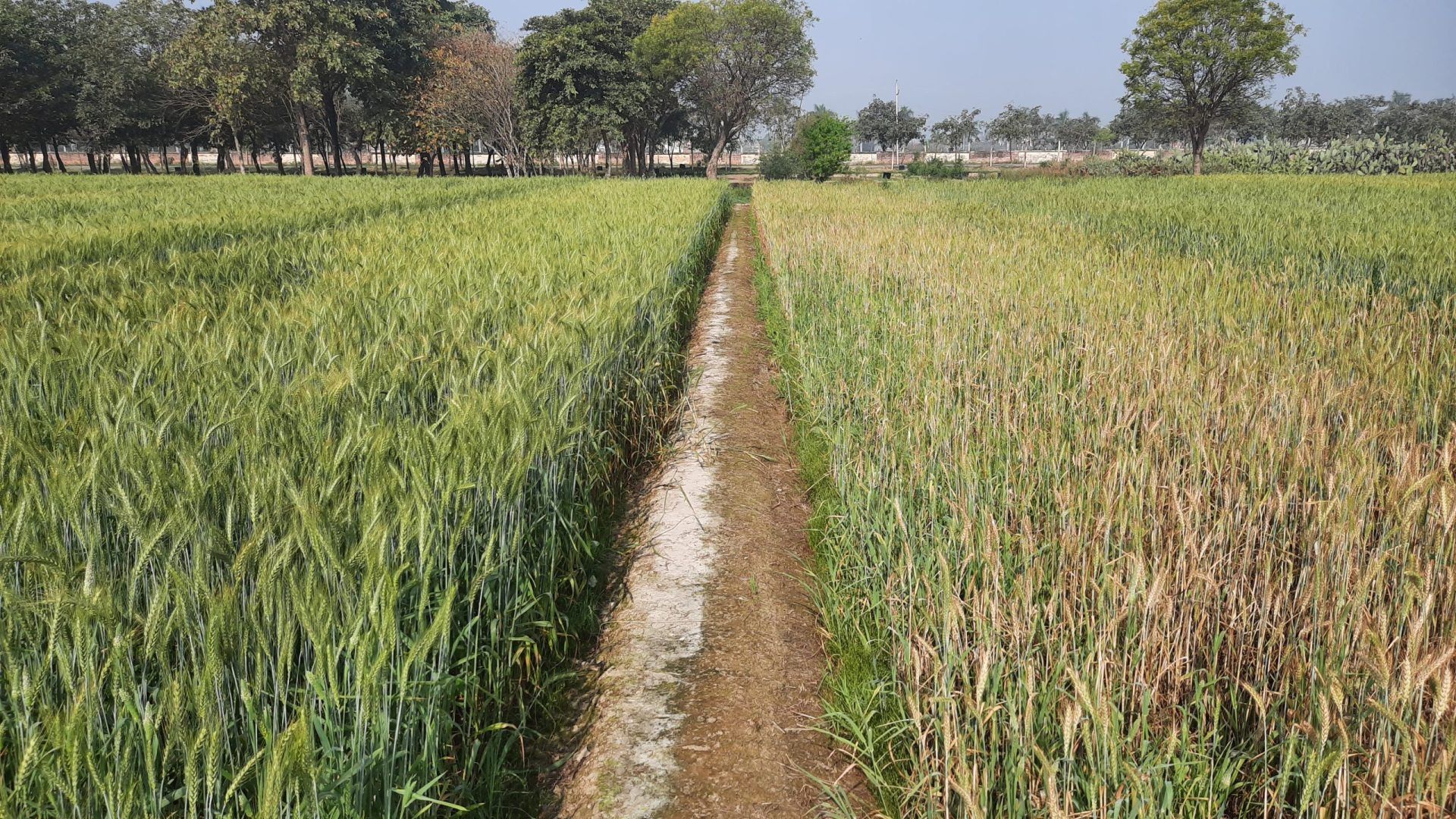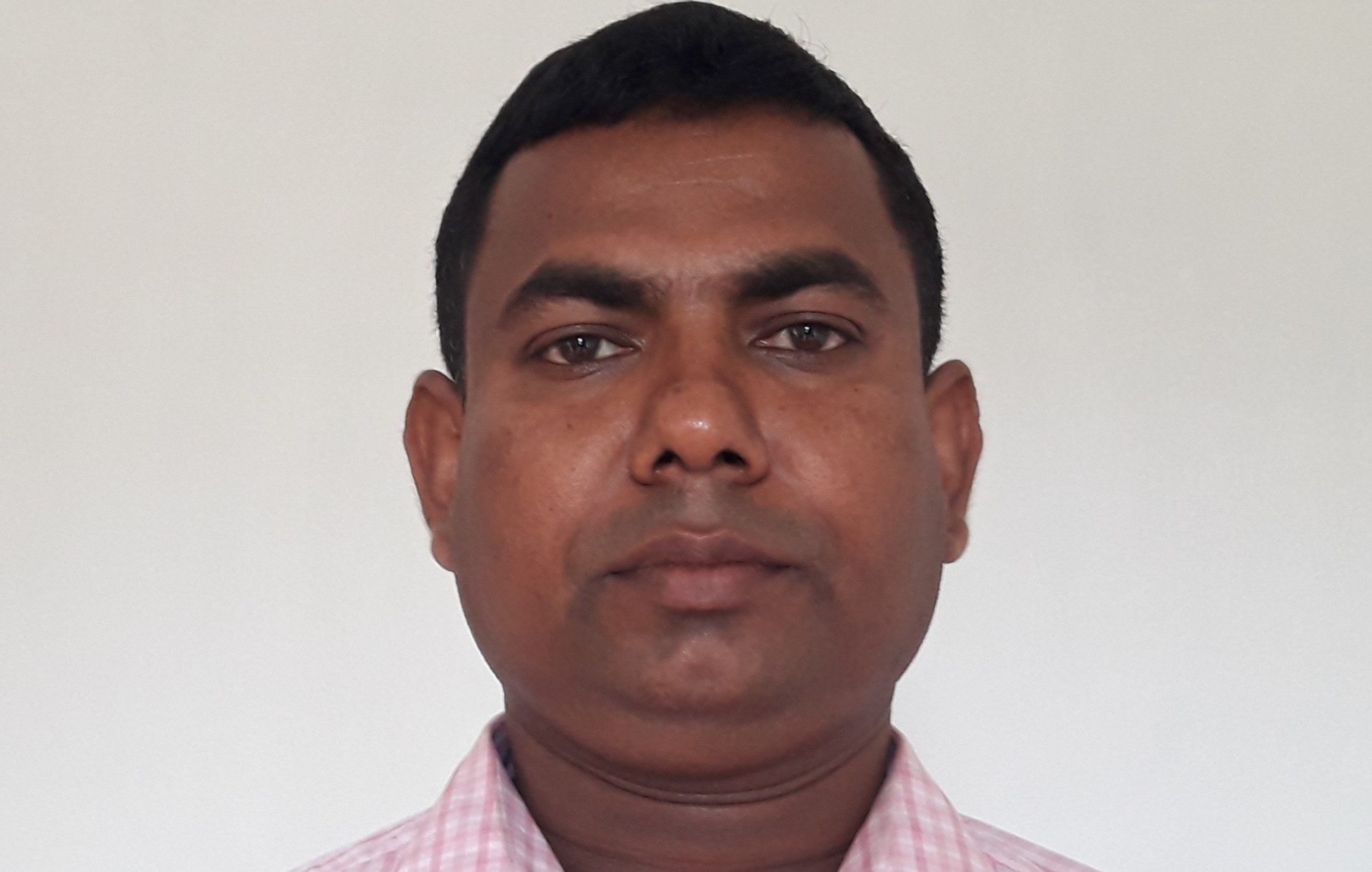K.M. Zasim Uddin
K.M. Zasim Uddin is an agricultural development officer with CIMMYT’s Sustainable Agrifood Systems (SAS) program in Bangladesh. He has a masters in agronomy from Rajshahi University
He is part of projects including the Cereal Systems Initiative for South Asia (CSISA), Fall Armyworm R4D and Management (FAW), Big data analytics for climate-smart agricultural practices in South Asia (Big Data² CSA), and Climate Services for Resilient Development in South Asia (CSRD). His main responsibilities are research and development on agricultural mechanization for the CSISA Mechanization and Extension Activity (CSISA-MEA). He has participated in versatile training, workshops and conference programs across Asia.
Uddin has worked in different national and international non-government organizations and companies for more than 13 years, including in research and development at Syngenta Bangladesh Limited and on the Borga Chasi Unnayan Program at BRAC. He also worked as an agriculture officer under the Char Livelihood Program, funded by the United Kingdom Department for International Development.


